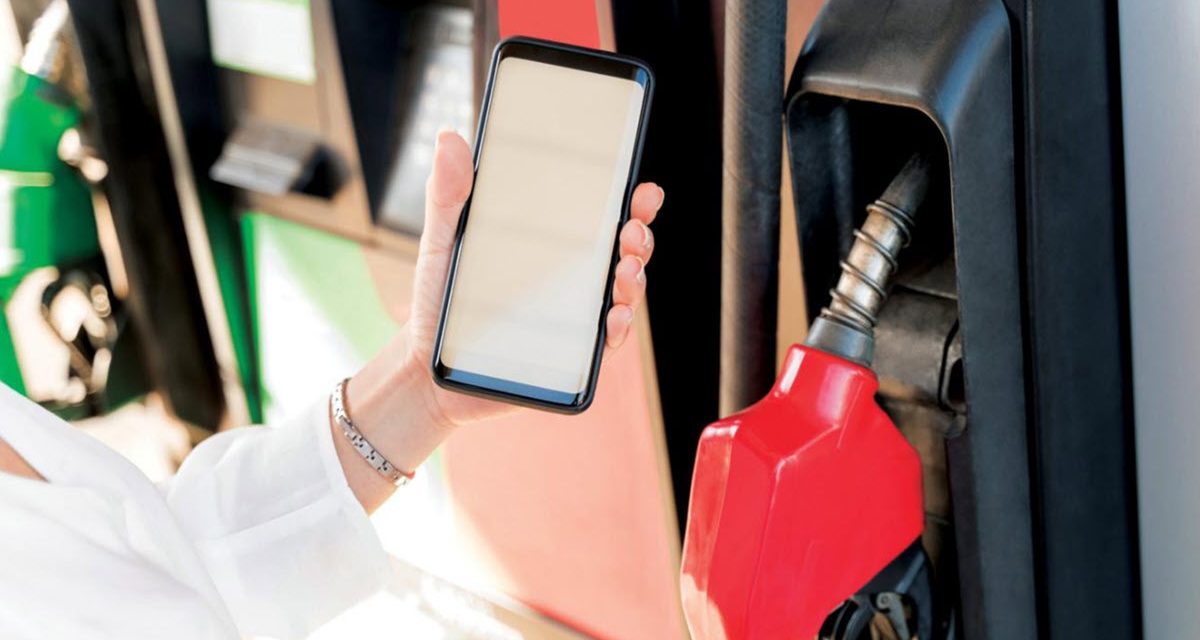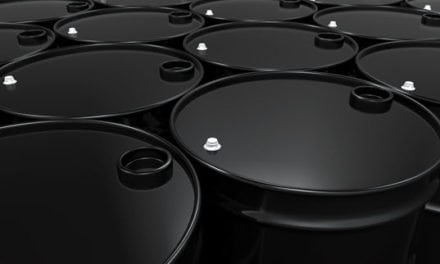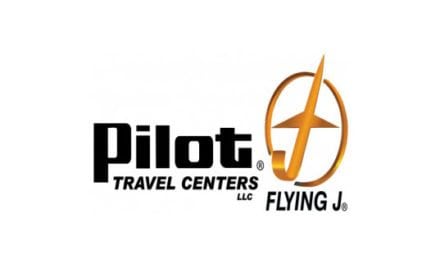Here are five keys to selecting future-proof equipment.
By Karen Turner
Whether purchasing solutions for a new store or upgrading existing systems, the equipment choices that retail fuel sites make in the next five to 10 years will directly influence how profitable and competitive they will be. With that in mind, here are five aspects to equipment selection that station operators should vet with their equipment suppliers to avoid making decisions that could marginalize their longevity.
1. Assessing value requires a deep dive. Advanced capabilities typically come with higher price points that can sometimes cause sticker shock. Don’t let that halt equipment research. For instance, today’s cutting-edge fuel dispensers can include high-resolution touchscreens the size of computer monitors, contactless payment options and sophisticated platforms that provide personalized experiences. The primary features of these new solutions deliver value in their own right, but they are often only part of the product’s value story.
Some value-adding features are obvious and easy to understand—like a POS that can double as a customer-facing self-serve kiosk. But as digital solutions play a larger role in forecourt and convenience operations, advanced technologies are challenging station operators to understand the value of product capabilities they literally cannot see. Cloud-based solutions that support remote operations, scalability and reliability, and open architecture platforms that eliminate limitations posed by propriety, closed architecture, are two prime examples.
For those reasons, fuel site operators should ask their equipment supplier to explain how new fueling system and c-store technologies may contribute to a lower total cost of ownership or deliver added value. Considerations include:
- Does the new technology replace or eliminate hardware components that are considered wear parts or potential failure points?
- Will the solution be upgradeable to accommodate future technologies?
- Will the solution relieve labor requirements (such as a need for an operator or technician to be on-site to perform updates or upgrades because the solution can facilitate them remotely)?
- Is the solution built on an open or closed architecture? Can it facilitate integrations with adjacent businesses or other aspects of the operation?
- Has the manufacturer designed features into the solution that may expand its functionality or otherwise bring additional value to the enterprise in the future?
2. Forecourt equipment that creates a welcoming, safe and pleasant customer experience has never been more important. Curb appeal has long been vital for attracting customers, but a modern, convenient and contactless experience—both inside and outside the store—is having an even greater impact in today’s health-conscious, security-focused and time-starved world.
The forecourt needs to make a great impression from the street and then deliver a fast, easy and safe fueling experience. While lighting, branding and overall forecourt aesthetics are key drivers of this, the value a dispenser or EV charger’s footprint and customer interface yields should not be underestimated. Not unlike the vehicles they fuel, dispensers and chargers come in different shapes and sizes—from big and boxy to compact and sleek. How these relate with the space around them contributes to the consumer perception of the brand, be it open and airy, rugged and sturdy, or perhaps cramped and cluttered.
Additionally, the level of customer autonomy at the point of purchase is likely to increase. Ask suppliers how equipment will help them adjust for this transition.
3. Solutions that help stations learn more about their customers will contribute to higher sales. Solutions that help marketers learn more about customers in order to provide them personalized experiences at multiple interfaces will increase higher-margin sales. The ability to link a single loyalty program via a mobile app, with the dispenser interface, on digital marketing displays, points of sale, self-checkouts and so forth, enables retailers to engage with customers in a way that is agile and responsive. Serving customers the right advertising or promotion at the right time will drive sales and help retain business.
4. Solutions that provide stations remote access to operational data will contribute to workflow and maintenance efficiencies, lower maintenance costs, reduce inventory losses and increase uptime. For decades, operators have been monitoring underground storage tanks, piping and associated components for problems that will jeopardize safety or impact the environment. However, UST equipment is not the only system that benefits from consistent surveillance. In many cases, station operators don’t know about problems with other vital equipment until a customer tells them about it. At the dispenser, this often manifests itself as slow flow, receipt printer errors, malfunctioning nozzles or a down payment module. All of these scenarios contribute to a poor customer experience, unplanned downtime and inefficient maintenance.
New products that capture equipment performance and diagnostic data alert operators to issues so they can be addressed before they result in a total breakdown. Imagine knowing that a cooler is beginning to fail before perishable items expire or if a car wash pump is starting to go bad. If technical assistance is required, remote access to diagnostic data such as error codes can contribute to a more expedient repair experience in fewer visits.
5. Consider the value proposition of the equipment manufacturer, not just the value proposition of individual solutions. As fuel site operators look to the future, to some degree they are planning for circumstances of which they can’t yet conceive (who would have imagined 10 years ago that c-stores would be advertising on cooler doors, for example?). Because of this, it is important to have awareness of a manufacturer’s commitment to helping fuel sites navigate uncharted waters and make meaningful change in a manner that will preserve the maximum amount of the station’s investment. Although obsolescence is an inevitable eventuality, a manufacturer’s commitment to adapting an existing system for as long as possible rather than scrapping it and starting over benefits station operators in the long run.
Product development capabilities are another consideration. There are a somewhat limited number of product development resources serving the fueling industry. Manufacturers who align with adjacent partners are more likely to bring new solutions to market more quickly.
Whether fuel site operators are planning their long-term profit strategies or how to position their business to make it attractive to a buyer, equipment investments can play a pivotal role in financial outcomes. Practicing due diligence to define solutions that provide value above and beyond their primary capabilities will be key to creating a competitive advantage.
 Karen Turner is director retail sales solutions at Source North America. She has more than 33 years of experience in the petroleum equipment industry in engineering, product management and sales. Contact her at [email protected] or visit www.sourcena.com to learn more.
Karen Turner is director retail sales solutions at Source North America. She has more than 33 years of experience in the petroleum equipment industry in engineering, product management and sales. Contact her at [email protected] or visit www.sourcena.com to learn more.





